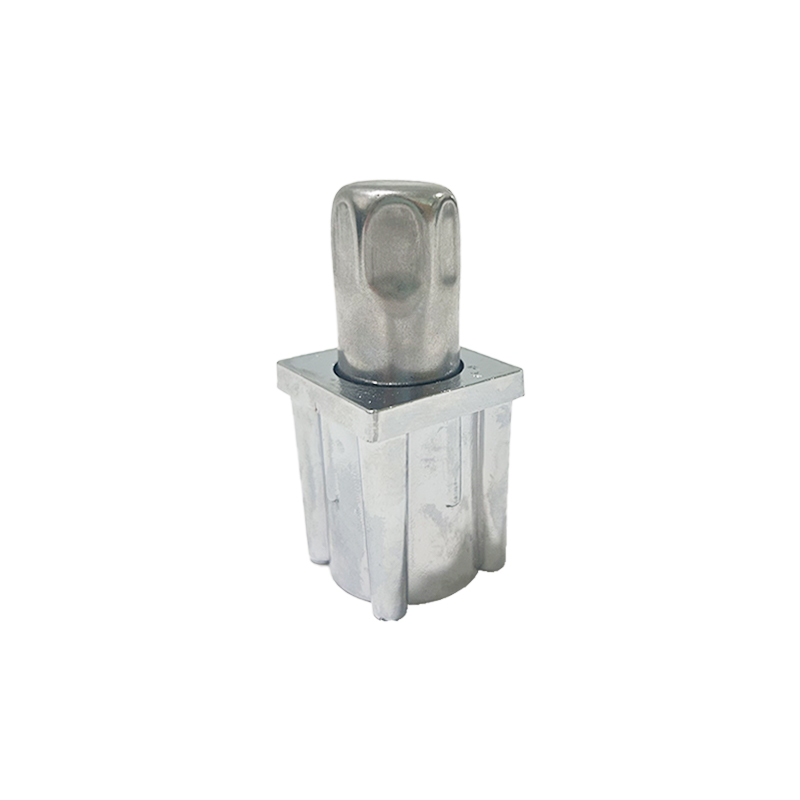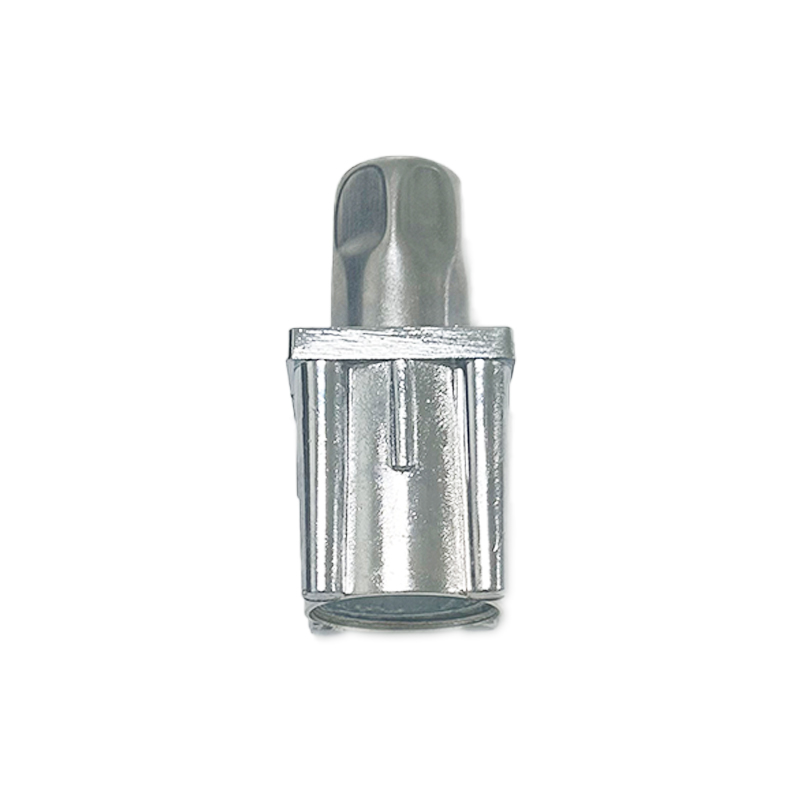5 Days a week from 8:30 am to 5:30 pm
Keeping Bullet Feet Strong: Simple Ways to Stop Them from Wearing Out Fast

If you’ve ever dealt with bullet feet in the kitchen setup or workshop, you know they’re those unsung heroes holding everything steady. But let’s be real—If many setups where these little guys start to wobble or crack, and suddenly your whole operation feels off. It’s frustrating, right? One restaurant owner who ever ignored his bullet feet until they gave out mid-rush hour—chaos ensued, with a fryer tipping slightly and causing a mess. No one wants that. In this post, we’ll dive into how to prevent bullet feet from getting worse, using practical tips backed by industry know-how. Whether you’re running a busy cafe or just kitting out your commercial kitchen, these steps can save you time, money, and headaches. Let’s keep those feet solid.
Why Bullet Feet Matter and What Makes Them Go Bad

Bullet feet might seem like small parts, but they’re crucial for stability in kitchen equipment. Think about it—they support heavy stuff like ovens, fridges, or counters, adjusting for uneven floors and taking daily abuse. Made usually from stainless steel or durable plastics, they handle weights up to 500-1000 pounds each, depending on the model. But neglect them, and problems pile up.
Common Culprits Behind Wear and Tear
In factories and kitchens, moisture is a big enemy. Water splashes or humid air can lead to rust, especially on metal feet—corrosion eats through 20% of the material in just a year. Then there’s overloading: if a foot’s rated for 800 pounds but you’re stacking extra gear, it stresses the threads, causing cracks. Dirt buildup? It grinds away at surfaces like sandpaper.
Temperature swings don’t help either. In hot kitchens, heat expands materials, while cold contracts them—leading to loose fits over time. Give an example, one chef had feet on his grill that warped from constant 200°C exposure, making the whole unit shaky. And installation mishaps? If not screwed in right, vibrations from mixers or blenders accelerate wear.
The Real Cost of Letting Them Deteriorate
Ignoring this stuff hits your wallet hard. Replacing a set of four bullet feet might cost $50-200, but if it causes equipment failure, you’re looking at downtime—maybe $500 a day in lost sales for a small eatery. Safety risks too: a wobbly table could tip hot oil, leading to burns. Environmentally, tossing out worn feet adds to waste; better to maintain them for 5-10 years of use. Preventing bullet feet from getting worse isn’t just smart—it’s essential for smooth ops.
Key Steps to Keep Bullet Feet in Check
Alright, let’s get practical. Based on 15+ years in the biz, here are the moves that work. No fluff—just stuff that’s helped real kitchens stay steady.
Start with Regular Check-Ups
Don’t wait for problems. Inspect every 3-6 months, or monthly in high-use spots. Look for rust spots, bent stems, or worn threads. Use a flashlight to peek underneath—this allows minor cracks to be detected in time and prevented from expanding.
For heavy-duty setups, weigh the load occasionally. If a foot’s compressing more than 1/8 inch, it’s overloaded. In one bakery, routine checks caught a failing foot under a dough mixer—it had to be replaced within 10 minutes to avoid a breakdown.
What to Check:
Threads for stripping, bases for cracks, adjustment mechanisms for smoothness.
Tools Needed:
Just a wrench and cloth; no fancy gear.
A quick story: A food truck owner who skipped inspections. His bullet feet rusted from road salt—ended up replacing all eight. Lesson? A 5-minute look saves big.
Clean Them Like You Mean It
Grime is a silent killer. Wipe down weekly with a mild soap-water mix—avoid harsh chemicals that pit stainless steel. Dry thoroughly; leftover moisture can start corrosion in 24-48 hours.
In greasy kitchens, use a degreaser on bases, but rinse well. For plastic feet, a soft brush works wonders on grooves. Some fast food restaurants often clean their feet at the beginning and end of their shift – this can reduce the wear and tear by half.
|
Environment |
Cleaning Frequency |
Method |
|
Home Kitchen |
Every 2 weeks |
Damp cloth, air dry |
|
Commercial |
Weekly |
Soap solution, towel dry |
|
Industrial |
Daily wipe, deep clean monthly |
Degreaser, inspect for buildup |
Keeps things simple, yeah? And hey, while cleaning, you might spot other issues—like a loose screw nearby.
Pick the Right Spot and Conditions
Bullet feet thrive in dry, moderate temps—50-80°F ideal. Avoid wet floors; elevate if possible. In humid areas, like coastal kitchens, opt for corrosion-resistant stainless models—they last 2-3x longer.
Don’t expose to chemicals; acids from cleaners can etch surfaces. FeetS in the hotel kitchen near the dishwasher rusted fast from steam—switched to sealed versions, problem solved.
Pro Tip:
For outdoor carts, use weatherproof caps. Adds $5 per foot but prevents 90% of moisture damage.
Sometimes, though, life’s not perfect. If your space is steamy, add fans for airflow—it helps evaporate dampness quick.
Installation and Usage Smarts
Get this wrong, and wear starts day one.
Install Them Properly from the Get-Go
Follow specs: Torque to 20-30 ft-lbs for most. Use thread locker on adjustments to stop loosening from vibes. Level the equipment—uneven load wears one foot faster.
In a pro kitchen install , Workers used a spirit level on each corner—took extra time but feet lasted years without issues.
Avoid Overloading and Misuse
Know ratings: A standard bullet foot might handle 600 lbs static, but cut that for dynamic loads like rolling carts. Distribute weight evenly; don’t stack all heavy pots on one side.
One cafe overloaded feet under a coffee machine—threads stripped in months. Solution? Added extra feet, problem gone.
When to Lubricate or Adjust
Some feet need grease on threads yearly—use food-grade lube in kitchens. Adjust only when needed; over-twisting wears them out.
From experience, in busy spots, check adjustments quarterly. Keeps everything balanced.
Oh, random thought: Bullet feet aren’t just for kitchens. On lab benches—same rules apply, just cleaner environment.
Advanced Tips for Long-Lasting Feet
For deeper care, consider materials. Stainless 304 resists rust best; 316 for salty areas. Upgrade to heavy-duty if loads exceed 1000 lbs.
Monitor with tech: Some pros use vibration sensors—alerts to imbalances early. Costs $50-100 but worth it for big ops.
In wet zones, apply protective coatings like zinc spray—extends life by 50%. Tested it on a seafood processor’s gear—feet looked new after a year.
Introducing Foshan Simple Technology Co.Ltd: Your Bullet Feet Experts
When it comes to reliable bullet feet, Foshan Simple Technology Co.Ltd shines as a top supplier. With over 15 years cranking out kitchen gear like adjustable legs and bullet feet, they’re all about quality stainless steel that stands up to tough use. Based in Foshan, China, they handle OEM and ODM orders, customizing for your needs—think private logos or specific sizes. Their supply chain keeps costs down and deliveries on time, earning rave reviews from global clients. If you’re stocking up, Simple’s got the durable, corrosion-resistant feet to keep your setup steady.
Conclusion
Wrapping this up, preventing bullet feet from getting worse boils down to consistent care—checks, cleans, and smart use. Skip these, and small issues snowball; do them, and your gear stays rock-solid for years. Whether in a commercial kitchen or pro spot, these habits pay off in safety and savings. Give your feet the attention they deserve, and they’ll hold you up strong.
FAQs on Preventing Bullet Feet from Getting Worse
How often should I inspect bullet feet to prevent them from getting worse?
Every 3-6 months works for most, but in busy commercial kitchens, monthly is better. Spot rust or cracks early—I’ve fixed many that way before full failure.
What’s the best way to clean bullet feet and prevent getting worse from grime?
Use mild soap and water weekly, dry well. In greasy spots, a degreaser helps, but rinse thoroughly to avoid residue buildup.
Can overloading really make bullet feet get worse quickly?
Absolutely—exceed the 600-1000 lb rating, and threads wear out in months. Even distribution keeps them lasting longer.
Do I need special materials to prevent bullet feet from getting worse in humid areas?
Yes, go for stainless 304 or 316—they resist corrosion best. Added coatings can double life in steamy kitchens.
When should I lubricate bullet feet to stop them from getting worse?
Yearly on threads with food-grade grease. Helps smooth adjustments, cuts friction—essential for vibrating equipment.

